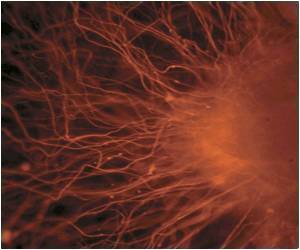A UK crematorium has found that the heat generated during cremation is capable of providing enough electricity to power 1500 televisions.

Many crematoria are currently replacing their furnaces to meet government targets limiting the amount of mercury escaping into the atmosphere, as up to 16 percent of mercury emitted in the UK comes from crematoria because of fillings in teeth, which is likely to rise to 25 percent by 2020.
Mercury accumulates in the air and water, and can harm the brain, kidneys, nervous system and unborn children. It also affects the food chain, particularly when it is deposited in water and ingested by fish.
Crematoria are required to halve such emissions by next year and eliminate them by the end of the decade due to which some have already fitted systems which use the heat from the burners to heat their buildings, nearby offices and, in one instance, a swimming pool.
Durham Crematorium, which is run by the local county council, is undergoing a 2.3 million pounds project to install three new furnaces, the first phase, which is due to be completed early next year, will see a "heat recovery system" fitted to one burner to heat the building.
In a second phase, turbines on the other two burners could be installed to generate electricity.
Advertisement
"And if it was thought to be acceptable in the eyes of the public we would almost certainly pursue that. Apart from it being common sense for us to try to conserve energy, it also enables us to keep the fees down," he said.
"We don't want to become known as a power station rather than a crematorium because we try to provide a reverend and decent place for people to have a cremation service," he said.
The turbines would be powered by steam produced from cooling the hot gases, at temperatures of at least 816 degrees Celsius, used to cremate bodies.
Engineers estimate that each turbine could produce up to 250 kWh. With both furnaces operating efficiently on full power, they could power about 1500 television sets.
In return, the crematorium would receive an income from energy companies under the feed in tariff scheme. The "heat recovery" system installed for phase one will provide about 2500 pounds of heating per month.
Source-ANI









